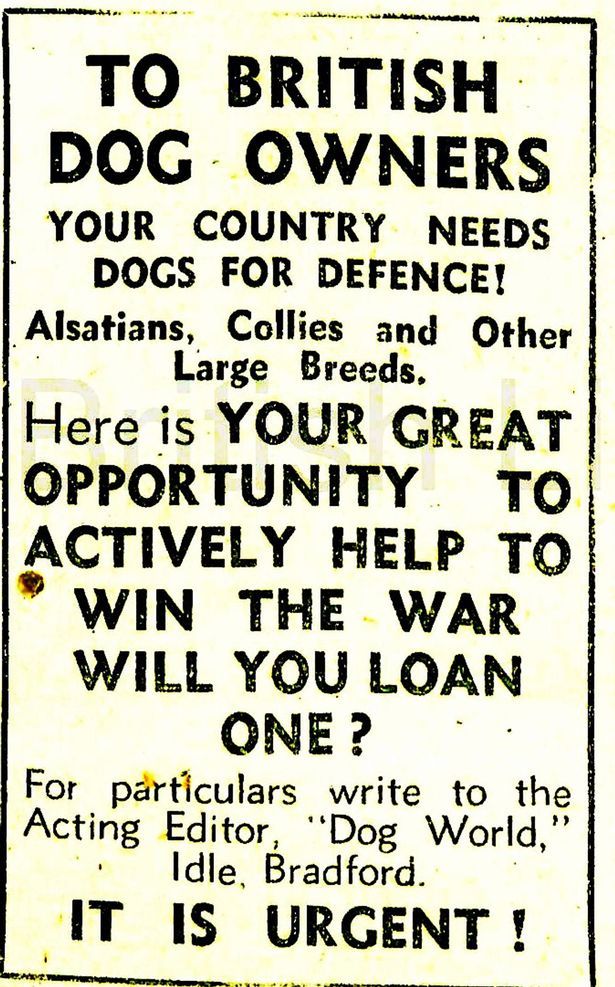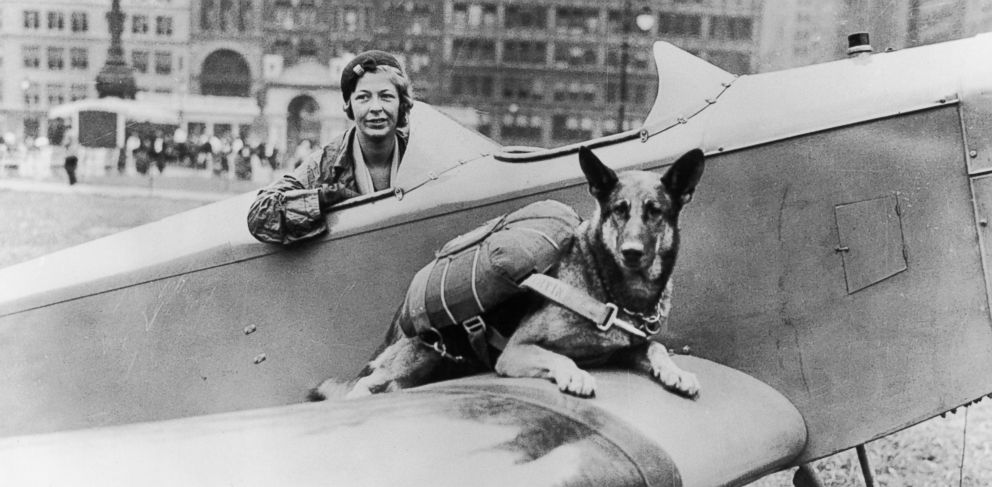The Myths and Misinformation Surrounding Corn
Corn has had a long and controversial history in the world of dog food. While some of those concerns are credible, others come from some level of misunderstanding. Here’s a quick look at what’s real and what’s not:
What does corn actually do?
Whole Grain Corn, when finely ground, (as used in Inukshuk Professional Dog Food) is a source of highly digestible carbohydrate. In this form, it also contains more fibre, more protein and less starch than many other corn derived products.
The benefits of corn and why we use it.
When is corn bad?
Corn’s poor reputation derives from too many large-scale manufacturers using corn as a primary protein source. The reason for doing this is because corn is much cheaper than meat - as such, manufacturers were able inflate the percentage of protein in their dog food.
Dogs may be omnivores, but for optimum nutrition, the majority of ingested protein must come from an animal source. When feeding plant-based protein, you risk creating a deficiency in many of the essential amino acids (proteins), vitamins and other nutrients that dogs require.
This is exactly what happened to the dogs being fed vegetable protein heavy diets. These concerns are valid and consumers should definitely avoid pet food products that use corn as a primary protein source.
Benefits
When used appropriately, corn’s high digestibility can be a powerful asset in a performance diet. Corn also has a very low glycemic index which provides a steady rise in blood sugar levels. It also provides dogs with energy before their metabolism turns to burning fat for stamina and endurance.
Verdict
The reality is that corn isn’t bad for your dogs as long as it is used in limited quantities and included as a source of carbohydrate, not protein. In such cases, it is a highly nutritious ingredient in dog food.
Read more Inukshuk Nutrition Articles:
Sources:
Emily Corey (PhD. Candidate), VP of Pet Foods at Corey Nutrition Company
Case, L. P. Daristotle, L., Hayek, M. G. and Raash, M. F. 2011. Canine and Feline Nutrition: A Resource for Companion Animal Professionals. Third ed. N.p. Mosby Elesvier, 2011. Print.
7 Interesting Facts about Military Dogs
Working Dog Spotlight: Military Dogs
#1 - World War II saw the first organized deployment of military dogs
Although dogs were used sparingly in previous battles and wars dating all the way back to Egypt, World War II was the first organized deployment of canine warriors.
#2 - In 1941, British advertisements began targeting local dog owners asking them to loan their dogs to fight for their country.
Would you loan your dog? About 3,300 people across the world did!
#3 - A group of civilians came together on the belief that their sled dogs could effectively serve the army in a variety of functions. Together, they formed a coalition called Dogs for Defense.
This group was created in 1941, shortly after the attack on Pearl Harbor. They would become the primary training force for sentry dogs.
The U.S. Army was involved in the development of this organization and encouraged dog owners across the country to donate their dogs for training.
#4 - The most used dog breeds were German Shepherds, Dobermans, Boxers, Bull Terriers and Labradors.
#5 - The most common jobs were guard dogs, messenger dogs, scout dogs, detection dogs, assault dogs and even parachute dogs.
The Army’s initial canine members were trained for sentry duty. The dogs were trained to alert their handlers to any strangers in their vicinity and to attack on command. Sentries were the primary use of dogs during World War II because of the worry that enemy submarines would invade.
As that threat began to diminish over time, the role of dogs in the war shifted to scouts and messenger dogs.
A plan was developed to train “assault dogs” to attack enemy soldiers without any human guidance or commands. This plan, of course, failed.
Perhaps the strangest use of dogs were the “Paradogs”. A group of dogs who were taught how to parachute and then dropped behind enemy lines.
#6 - With the German’s new landmine innovations, general bomb detection methods had become obsolete. Thus, detection dogs were created.
Although the idea seemed strong, it was not understood at the time how sharp the canine sense of smell truly is, resulting in mostly ineffective training methods for mine detection.
#7 After the war, it was discovered that dogs are actually able to pick out the chemical components within explosives.
World War II paved the way for how military dogs are used in in the modern era Now that we know more about dogs’ behavior and their acute sense of smell, we now deploy dogs in a much more effective manner.
Check out the rest of our Working Dog Spotlight series:
Want the Alpha? Then You’ll Need the Omega
Working Dog Spotlight: Hunting Dogs
It's hard to imagine a time when man's best friend wasn't man's best friend. In this Working Dog Spotlight, we take a look at the pursuit that brought the two sides together.
History
It's believed that the first time man and canine joined together for hunting was around 20,000 years ago; how this occurred exactly is unknown. It's thought that the early hunter-gatherer groups began domesticating wolves that were proficient in spotting and then flushing out targets.
Slowly, as humans evolved, the wolves evolved with them. Wolves who were more aggressive towards humans were cast out in favour of wolves who were more subservient.
The Egyptians are believed to have been one of the first groups of people that began breeding dogs specifically for hunting purposes. Egyptians valued the dogs for their highly refined skills in sourcing and sighting game across vast stretches of desert.
Types of Hunting Dogs
Sight Hounds
These dogs have excellent vision and are able to spot prey from extreme distances. They are typically very quick and can move in on prey in a flash.
Sight hounds are tall and have large, sharp eyes. They are built more for speed than most other hunting dogs.
Retrievers
These dogs are used specifically for retrieving birds that have landed in bodies of water. Their coats are water-repellent and their toes are webbed for quick, powerful swimming.
Pointers
Pointer dogs have been bred to locate and point out prey. These dogs have highly developed senses and are able to locate even the most disguised or hidden game.
Scent Hounds
These dogs are specialized in tracking and locating game using their heightened sense of smell. They are even able to follow a specific scent for several days without rest.
They will normally have their bodies low to the ground and are equipped with long ears that funnel the prey's scent into their nose.
Check out the rest of our Working Dog Spotlight series:
Sources:
“The History Behind Hunting With Dogs.” Hunting Dogs, 8 Dec. 2015, www.hunting-dog.net/the-history-behind-hunting-with-dogs/.
Team, Cuteness. “History and Characteristics of Hunting Dogs | Cuteness.” Cuteness.com, Cuteness, 9 Feb. 2017, www.cuteness.com/blog/content/history-and-characteristics-of-hunting-dogs.











